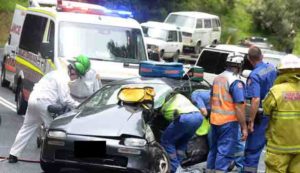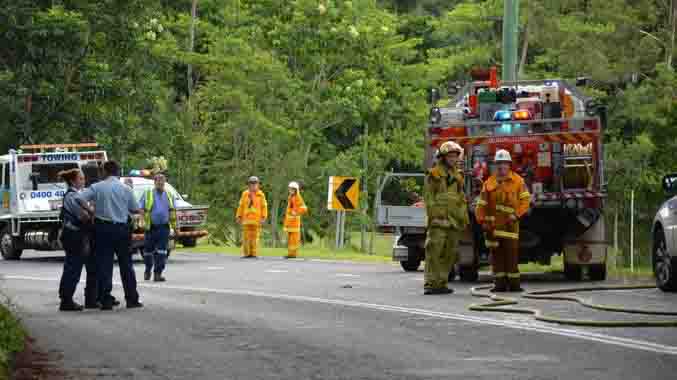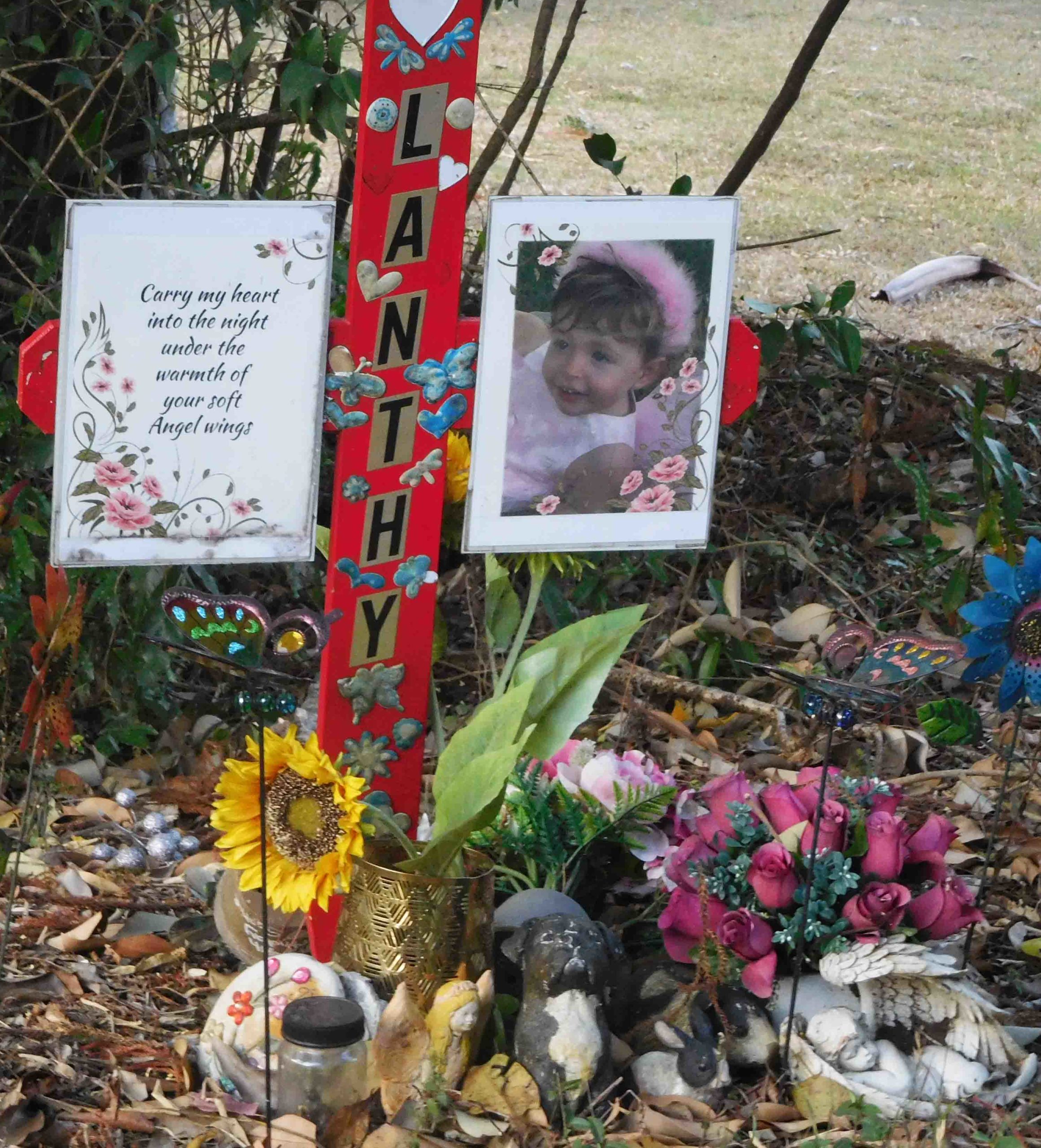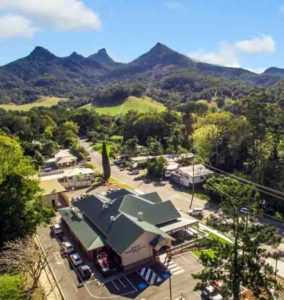At the time of this writing (January 2020), our road safety activism has drawn to a close.
In November 2017, Lori and I prepare our second annual submission to the website for the World Day of Remembrance for Road Traffic Victims.
In January 2018, my article about our survivor mission is published in an Australian road safety journal.
And in December 2018, I publish an article in the World Transport Journal.
“Appalling and very disrespectful” correspondence
In response to our activism, Tweed Shire Council lawyers-up early on, demanding that all communication be through their Sydney lawyer, and then for many months, they refuse to engage in any communication whatsoever with me. Raph and John, our two academic road safety advisors (both senior professors), describe the Council’s latest email to me as “appalling” and “very disrespectful and brutal”.
It reads like this:
Council has been more than reasonable in responding to your requests for information and passing on your submissions to the Councillors and the Local Traffic Committee. However, correspondence cannot continue indefinitely in relation to this matter. In light of the State Coroner’s office no longer having an interest in the matter, Council and [our] lawyers will not be entering into any further correspondence with you on this matter.
John, our British road safety expert advisor, suggests an alternative response for the Council’s manager:
The Council may very well have reached ‘the end of the road,’ but you do not agree, and I do not agree. The intelligent, respectful, and ethical response should be ‘let’s meet and discuss what you think we (the Council) could and should do to resolve this matter…. We will invite an independent chair to guide us in this meeting’.
World Day of Remembrance for Road Traffic Victims, 2016
Lori, Kev, and I learn that, for a grieving person, a survivor mission must include the opportunity for emotional highs. Probably our most potent moment occurs on the 2016 World Day of Remembrance for Road Traffic Victims. Supported by videographer, Nick Curthoys, Lori and I hold a media conference in Uki near the crash site to raise awareness that three people had died there. (Actually, SIX people died in six years, but we did not know that then.) And still, no repairs were made to the road. Attending our meeting is a local Aboriginal woman who was the driver of the second vehicle in the fatal crash in January 2015.

Weeping, she tells us how her sister Mali’s four Aboriginal children were nearly killed in that crash in the van she was driving. All of the passengers were injured. One, a young boy, Mali’s son, aged five at the time, was severely injured, suffering multiple cognitive injuries that plague him to this day.
And, of course, in the other car, both Matilda and Cecilia Bevelander died.
Later we hear of the death nearby of ten-year-old Lanthy, a Uki girl, who also died in a car crash nearby on the Kyogle Road.


Lori and I are deeply affected by these revelations. Later, we learn more about how horrific the 2015 crash was and the widespread impacts of that tragedy.
Following our 2016 media conference, Lori and I attach a huge poster with a photo of Karl to a tree near the crash site.

It reads, “My name is Karl. I died here. Please slow down.”
Roadside Death Memorials
That idea came to me from reading about roadside shrines or Roadside Death Memorials (RDMs) (also called wayside shrines) in France and other countries, including Canada. In many places (outside the Tweed Shire), these memorials are regarded as valuable ways to express grief: a healthy part of the grieving system outside the accepted order of funeral parlors and conventional rituals.
To highlight the dangers of that stretch of road, we wanted to erect a permanent sign with a photo of Karl on it, but the Council permits only a small white wooden cross (because it might distract drivers) and refuses to specify the permitted size. (In October 2019, the Council’s General Manager still contends that a small white cross is the only acceptable memorial.)
Are all road crash victims Christian?
Are all road crash victims Christian, I wonder?
The New South Wale State Government Roadside Tributes guidelines allow more than a small, white Christian cross.
In any case, Council workers immediately remove our poster.
As part of that activist event, I make another impassioned speech to camera by the roadside, begging the Council to use more sophisticated road planning approaches.
Later, like good Australians, we repair to the local pub. Lots of tears and laughter in a long afternoon celebrating with local friends on the verandah of Uki’s Mt Warning Hotel honor Karl’s unique Giveaway in a manner that certainly would meet his approval.

Summary of reports of our activist activities
2016
Grant, D., 2016a, “Tweed Shire Council: Widow calls for inquest to address council ‘weaknesses’ on Uki road safety,” Gold Coast Bulletin 29 March.
A video by Nicholas Curthoys of our November 2016 road safety media event: https://www.youtube.com/watch?v=FyI5jNqqYdE
“Widow begs council to improve road safety,” Gold Coast Bulletin, 14 November 2016.
2017
Grant, D., 2017, “Tweed Shire Council black spot funding ‘bittersweet’ for widow of man killed at notorious Kyogle Rd corner,” Gold Coast Bulletin, June 14.
Mooren, L. and W. Sarkissian, 2017, “We need a louder road safety voice.” World Transport Policy and Practice, 22(4): 83-95.
Mooren, L. with Sarkissian, W., 2017, “Tragic failure of a road system: an Australian example.” Journal of the Australasian College of Road Safety, 28(1): 58-63.
The road safety television program: https://www.todaytonightadelaide.com.au/stories/road-toll
2018
Sarkissian, W., 2018, “A collaborative road safety survivor mission: the sacred work of sorrow.” Journal of the Australasian College of Road Safety, 29(1): 42-48.
Wendy Sarkissian, “Bless this Road: A Unique Approach to Community Education and Healing Road Trauma,” World Transport Journal (volume 24:4, 2018): 43-54: http://worldtransportjournal.com/wp-content/uploads/2018/12/24.4opt.pdf
